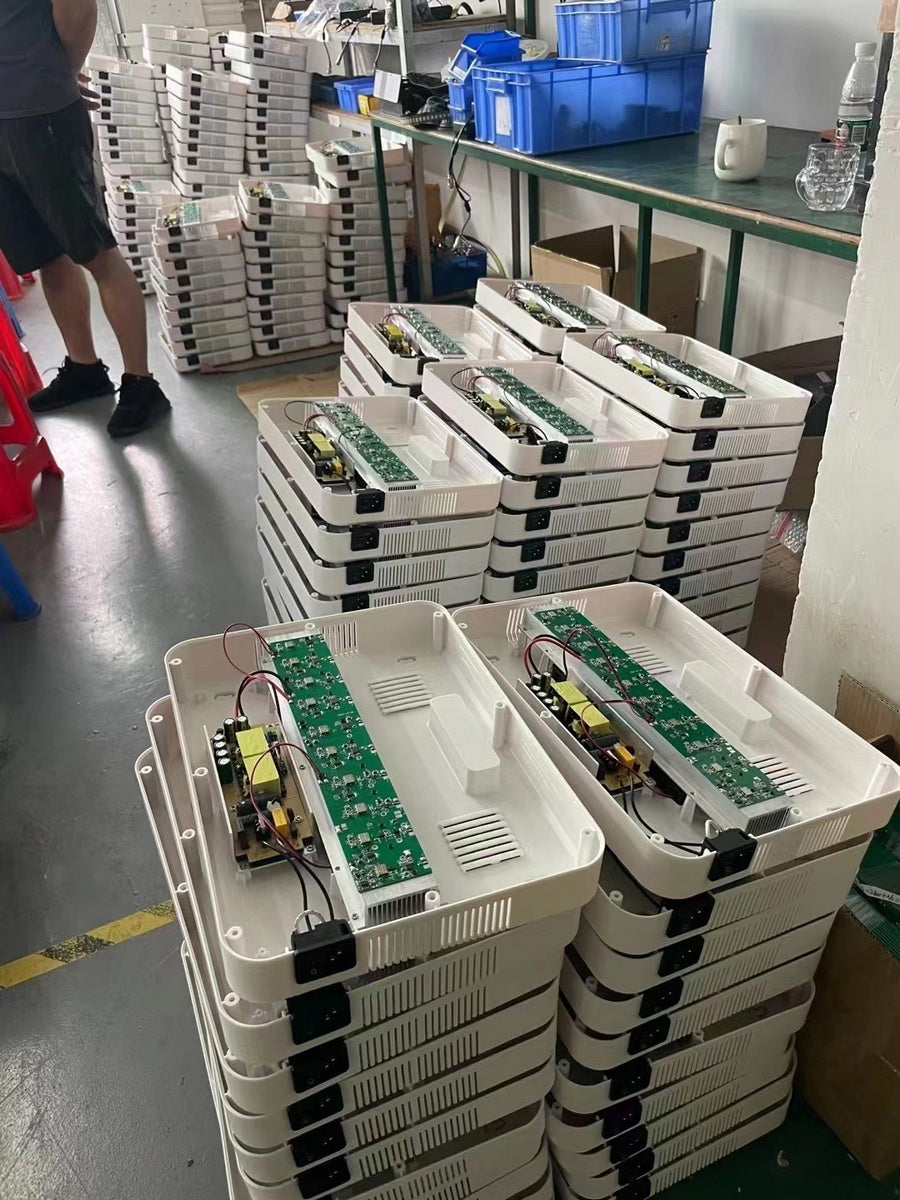The Manufacturing Process of Signal Jammers
Signal jammers are devices that are designed to disrupt or block the transmission of radio signals. They can be used for various purposes, such as preventing unauthorized access to secure areas, protecting sensitive information, or even for recreational purposes. In this article, we will explore the manufacturing process of these devices in detail, providing an insight into the various stages and techniques involved.
Overview of the Manufacturing Process
The manufacturing process of signal jammer can be broken down into several stages, each with its unique set of tasks and requirements. These stages include:
Design and Prototyping
PCB Production
Component Sourcing and Assembly
Testing and Quality Control
Enclosure Fabrication
Final Assembly and Packaging
Let's delve deeper into each stage to understand the intricacies involved in the creation of these effective devices.
1. Design and Prototyping
The first stage in the manufacturing process involves designing the signal jammer and creating a prototype. This stage is crucial as it lays the foundation for the rest of the process. Engineers begin by determining the required specifications and features of the device, such as the frequency range, power output, and form factor. Once these parameters are established, electronic schematics and PCB (Printed Circuit Board) layouts are designed using specialized software.
The prototype is then created by assembling a small number of components on a test board. This allows the engineers to test and verify the functionality of the design and make any necessary adjustments before moving on to the next stage.
2. PCB Production
Once the design has been finalized, the next stage involves the production of Printed Circuit Boards (PCBs). The PCBs act as the foundation for the electronic components of the signal jammer and are critical to its overall performance. The process begins with the creation of a master design file, which is then sent to a PCB manufacturer. The manufacturer uses the file to create the necessary tooling and processes required to produce the boards.
The PCB production process generally involves several steps, including:
Laminating the substrate material with copper layers
Applying a photoresist layer and exposing it to UV light through a mask to create the desired circuit pattern
Etching away the unwanted copper using a chemical solution
Drilling holes for component leads and vias
Plating the exposed copper with a protective layer
Applying a solder mask to prevent short circuits during assembly
Once the PCBs have been produced, they are inspected for quality and any necessary rework is performed.

3. Component Sourcing and Assembly
With the PCBs ready, the next stage involves sourcing and assembling the various electronic components required for the signal jammer. This may include passive components such as resistors, capacitors, and inductors, as well as active components like transistors, integrated circuits (ICs), and microcontrollers.
Once all components have been procured, they are assembled onto the PCBs either manually or using automated pick-and-place machines. Soldering techniques, such as reflow or wave soldering, are used to secure the components in place and establish electrical connections. Once the assembly is complete, the boards undergo a visual inspection and any necessary rework is performed.
4. Testing and Quality Control
Before the signal jammers can be shipped to customers, they must undergo rigorous testing to ensure they meet the required performance specifications and are free from defects. This stage involves a combination of automated and manual testing procedures. Automated tests may include in-circuit testing (ICT) and functional testing, while manual tests may involve visual inspections, power-on tests, and performance evaluations.
Any defects or issues identified during testing are addressed through rework or repair processes until the devices meet the necessary quality standards.
5. Enclosure Fabrication
The next stage in the manufacturing process is the creation of the enclosure or housing for the signal jammer. This can involve various materials and manufacturing techniques, such as injection molding, die casting, or CNC machining, depending on the desired aesthetics, durability, and other design requirements.
Once the enclosures have been produced, they are inspected for quality and any necessary modifications or adjustments are made.
6. Final Assembly and Packaging
The final stage of the manufacturing process involves assembling the complete signal jammer by integrating the PCB and its components into the enclosure. This may involve securing the PCB with screws, connecting any external components, and adding any necessary labels or markings.
Once the final assembly is complete, the signal jammers undergo a final round of testing and inspection to ensure they meet all quality and performance requirements. They are then packaged and shipped to customers or distributors.
Summarize
The manufacturing process of signal jammers is a complex and rigorous endeavor, involving multiple stages and specialized techniques to ensure the devices meet the required performance and quality standards. From design and prototyping to final assembly and packaging, each stage plays a crucial role in creating these effective and useful devices.













